
After nine months of transforming quarter-sized hatchlings into cheeseburger-sized turtles—a transition that typically takes these species over four years in the wild—classrooms finally boarded a big yellow school bus and made their way to the very site where we had protected those hatchlings’ nests less than a year earlier. These end-of-year turtle release field trips marked the culmination of the turtle headstarting program: an opportunity for students to venture into their turtles’ habitat and learn why this environment, home to other vital wildlife as well, is so important. During these field trips, students not only said a final goodbye to their turtles before watching them swim off into the wetland, but they also often had the chance to meet other animals that shared this habitat.
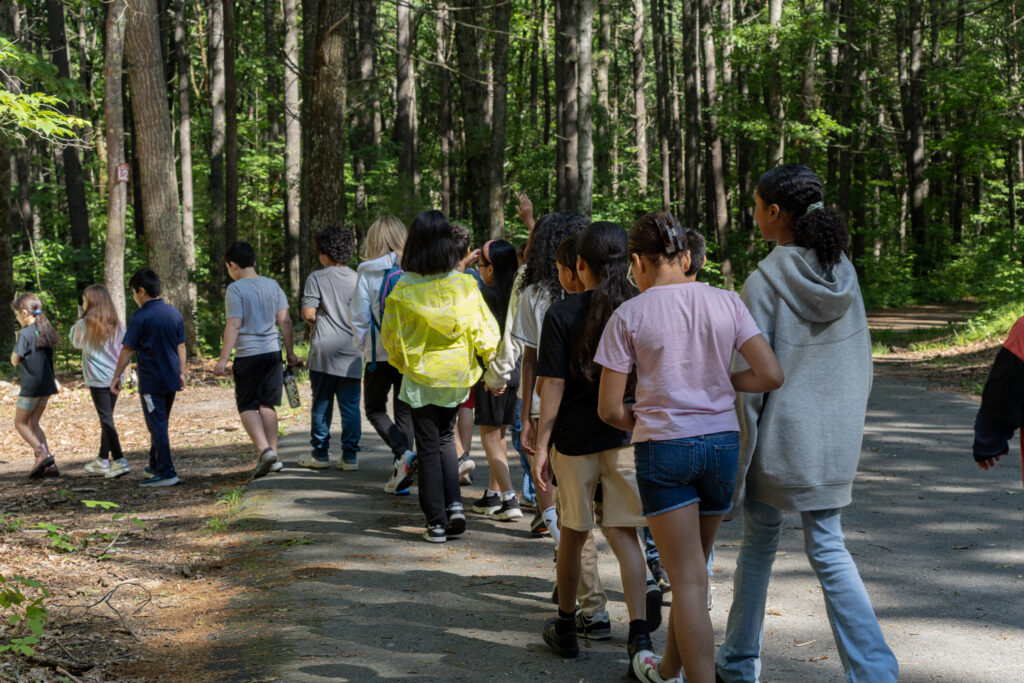
As students filed off the bus and onto the trail behind one of our naturalists, they often immediately asked, “Is this the spot we’re letting Bubbles go?” To which we replied, “You tell me! Does this look like the habitat you’ve learned about all year? Is this where you want Bubbles to live?” They shook their heads, “No, Bubbles needs water, and I don’t see any yet. What about over that way, toward the woods?” And we answered, “That’s where we’re heading! Keep your eyes open, observe the features of this habitat, and think about everything we’ve learned about Bubbles’ wild home. Let me know when you see the perfect spot to release them.”
Throughout the year, we visited these students in their classrooms to teach them more about the turtles they were growing increasingly passionate about. They learned about rare and endangered species like their turtles, how we study and support their populations, and how threatened wildlife can live right in our own backyards. They discovered the turtles’ adaptations—how they survive harsh New England winters by brumating under the ice—and how the temperature of their nest not only affects their development but also determines their sex. Perhaps most importantly, they learned about their own role in wildlife conservation.

The students eagerly followed our naturalist into the woods, correctly suspecting that the wetland lay ahead. Along the way, we pointed out a patch of poison ivy, teaching them how to identify it, and a patch of invasive garlic mustard, explaining why, despite its pretty white flowers, it posed a threat to the habitat. We brainstormed ways to combat invasive species together.
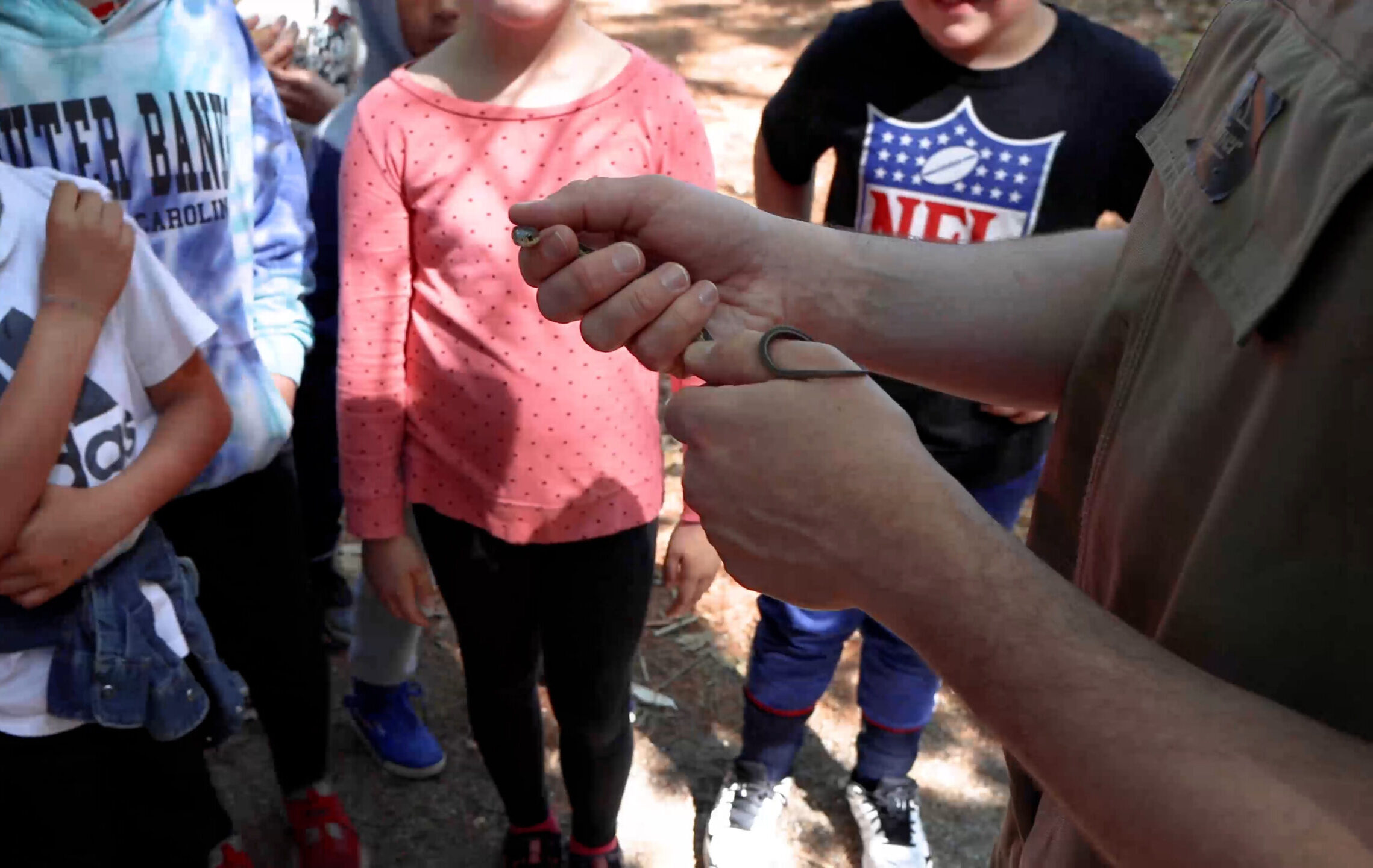
“I see something!” a student called from the back of the line. “It’s a snake!” Some students backed away, but many inched closer. Our naturalist approached slowly, then lunged and caught the snake. We gave students a chance to get a closer look—and even touch it if they wanted. For many, it was their first time seeing a snake up close.
Eventually, we reached a spot where students caught their first glimpse of the wetland. They pointed out features like logs and plants that would help their turtle hide and thrive. We reminded them about our turtle surveys—how we had caught their turtle’s mother, radio-tracked her, and protected her nest. That’s how we got Bubbles in the first place. We showed them the turtle trap they had learned about back in September when we first delivered their turtles. We set up educational turtle surveys for every field trip and asked if they wanted to see what we had caught. Depending on our luck, we showed them the variety of animals Bubbles would share the wetland with: crayfish, frogs, sunfish, painted turtles, snapping turtles, spotted turtles, musk turtles.
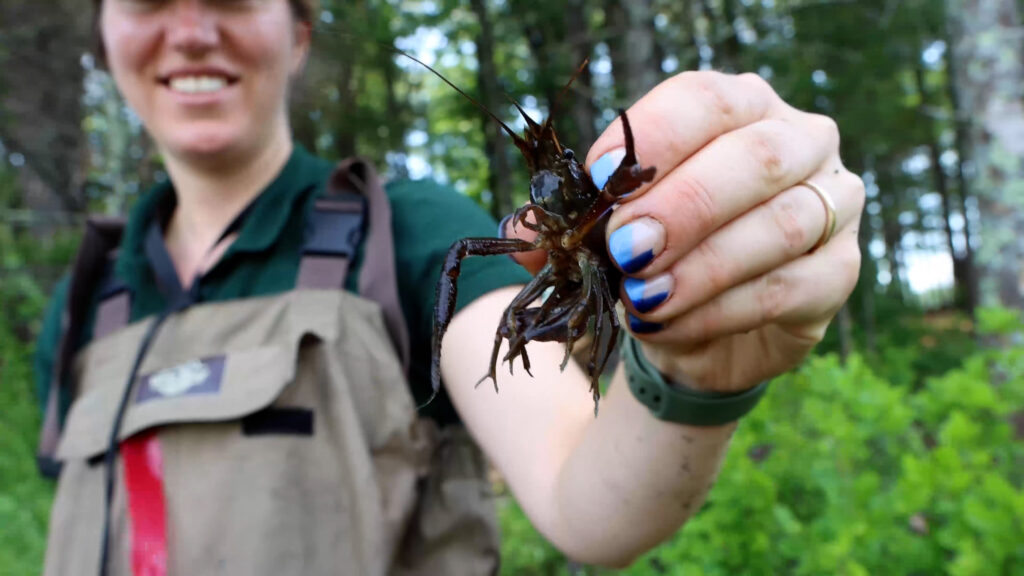
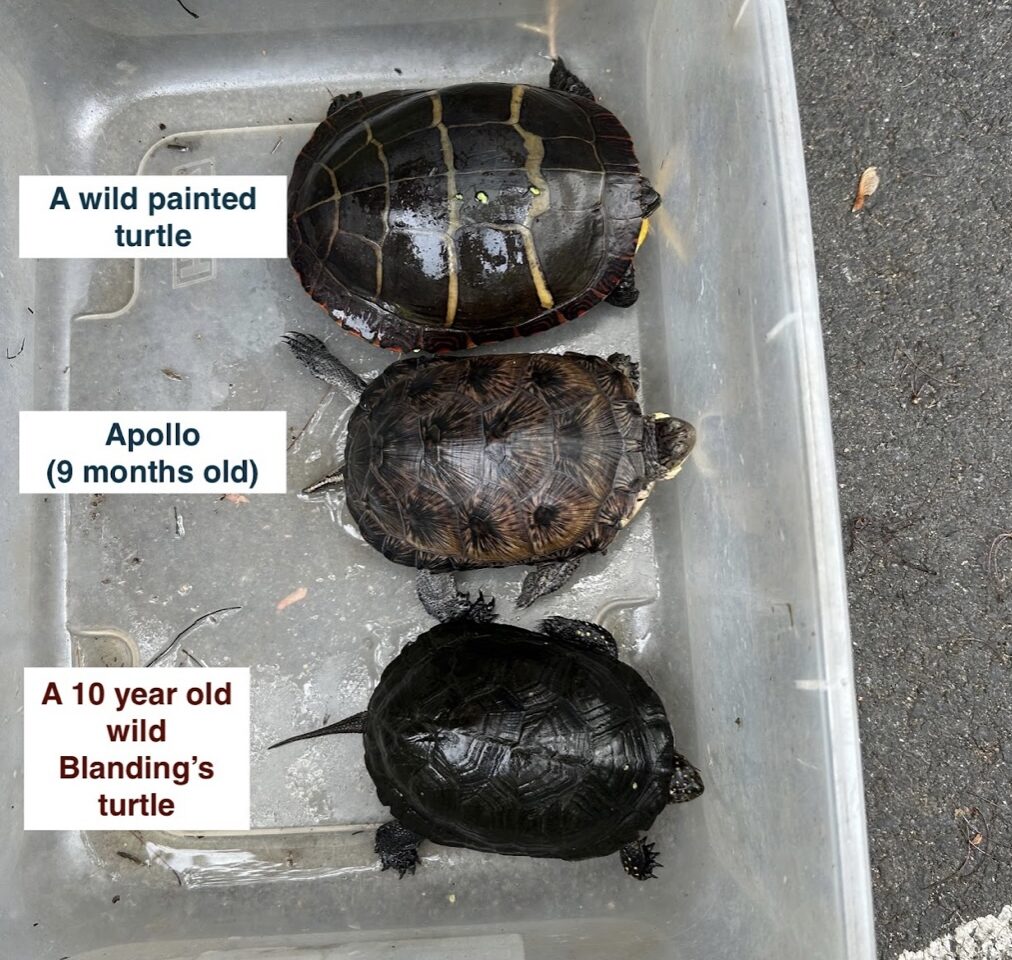
If we were especially lucky, we showed them an older turtle of the same species they had raised—a 10-year-old wild Blanding’s turtle, never given a head start, and yet the same size as their 9-month-old turtle. This was evidence of the advantage their turtles now have after the time spent in their classroom.
Although we often encountered exciting wildlife on these turtle release field trips, nothing was more meaningful than the final goodbye students gave their turtles. As we paused in front of a wetland that perfectly showcased all the habitat features they had come to recognize as essential for Bubbles, students beamed with pride. “This habitat is perfect,” they told us, their voices full of confidence and care.
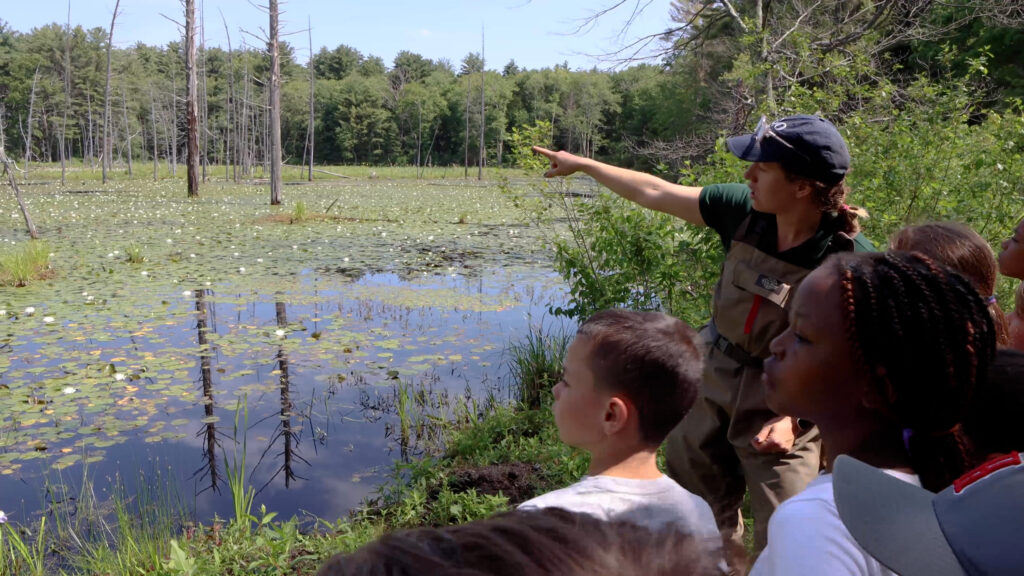
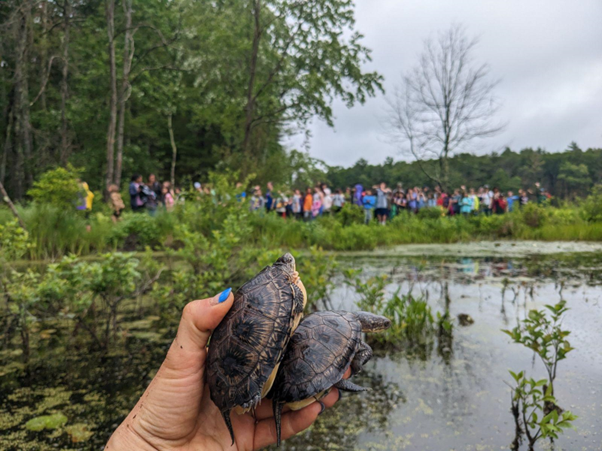
We carefully trudged into the wetland, turtles in hand, as the students waved and cheered. Holding Bubbles up one last time for everyone to see, we gave the students a final moment to say goodbye. Then, we released Bubbles into the wild—off to begin life with a headstart, thanks to the dedication and compassion of the students who helped raise them.
